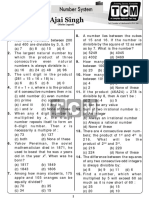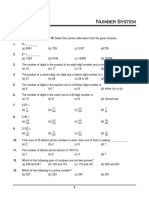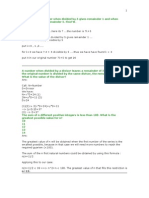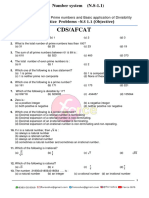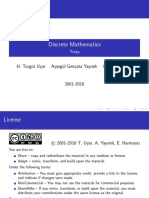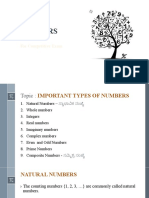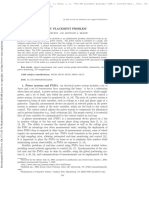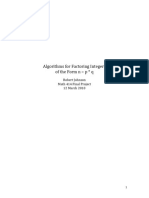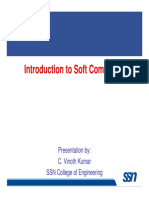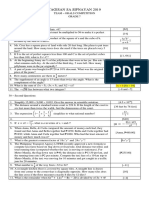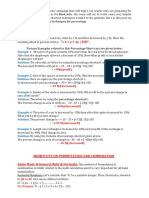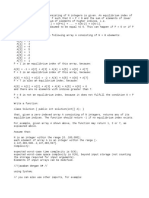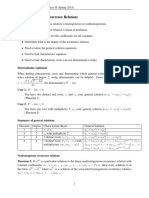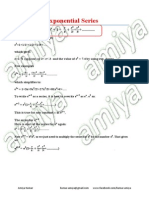0% found this document useful (0 votes)
92 views36 pagesNumber System
For UPSC, Railway, Insurance, BankinG, STATE Psc
Uploaded by
Sanjay PahadeCopyright
© © All Rights Reserved
We take content rights seriously. If you suspect this is your content, claim it here.
Available Formats
Download as DOCX, PDF, TXT or read online on Scribd
0% found this document useful (0 votes)
92 views36 pagesNumber System
For UPSC, Railway, Insurance, BankinG, STATE Psc
Uploaded by
Sanjay PahadeCopyright
© © All Rights Reserved
We take content rights seriously. If you suspect this is your content, claim it here.
Available Formats
Download as DOCX, PDF, TXT or read online on Scribd
/ 36



